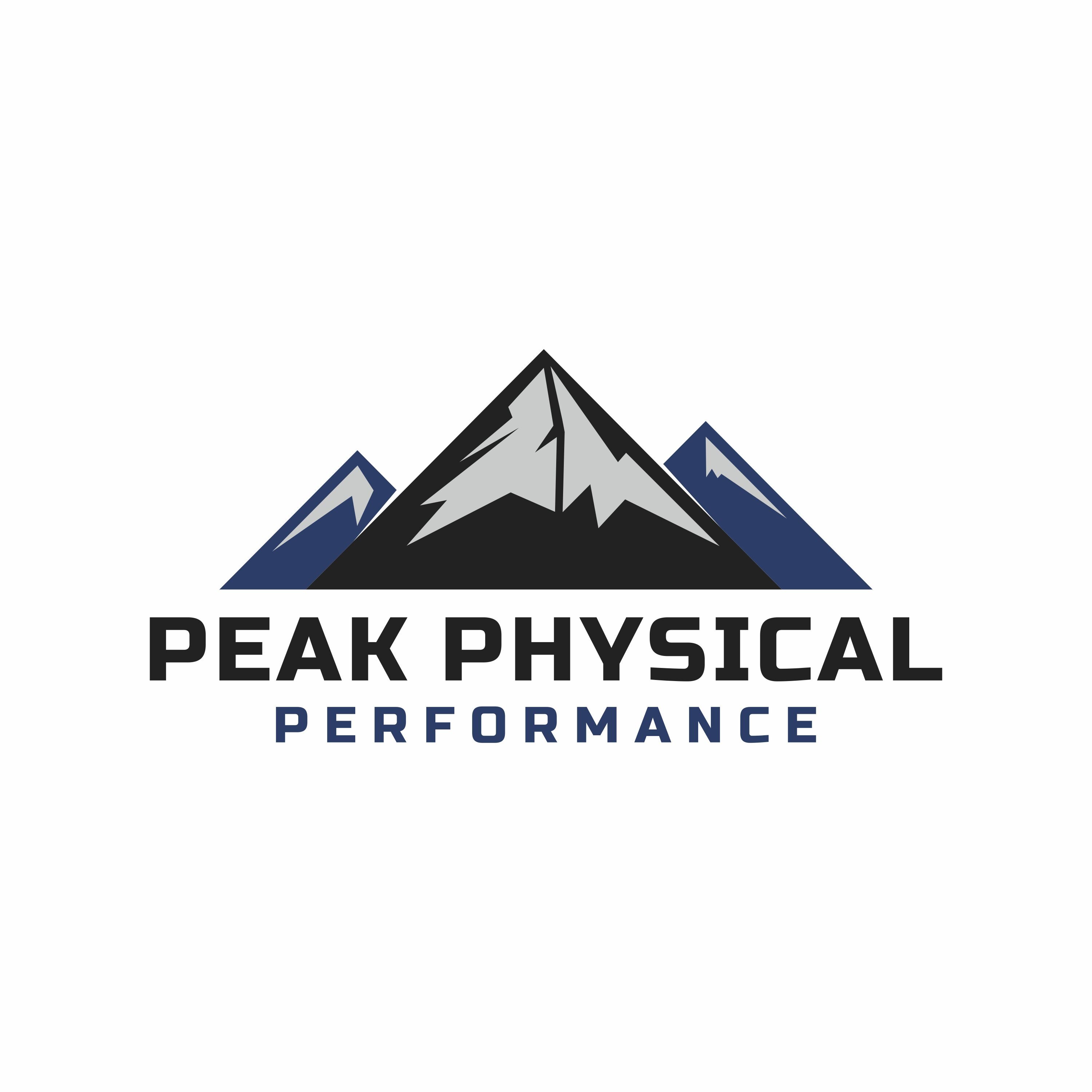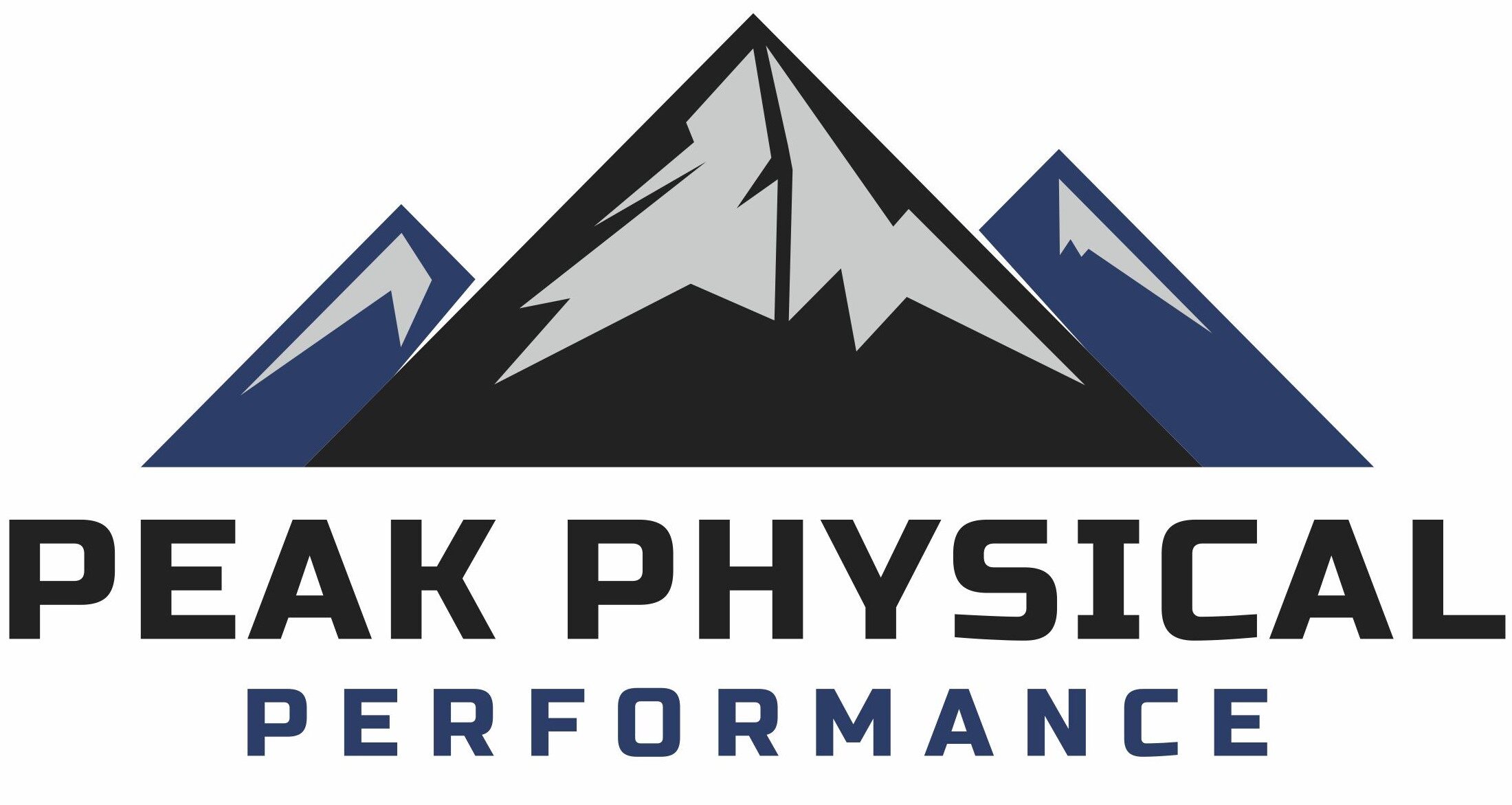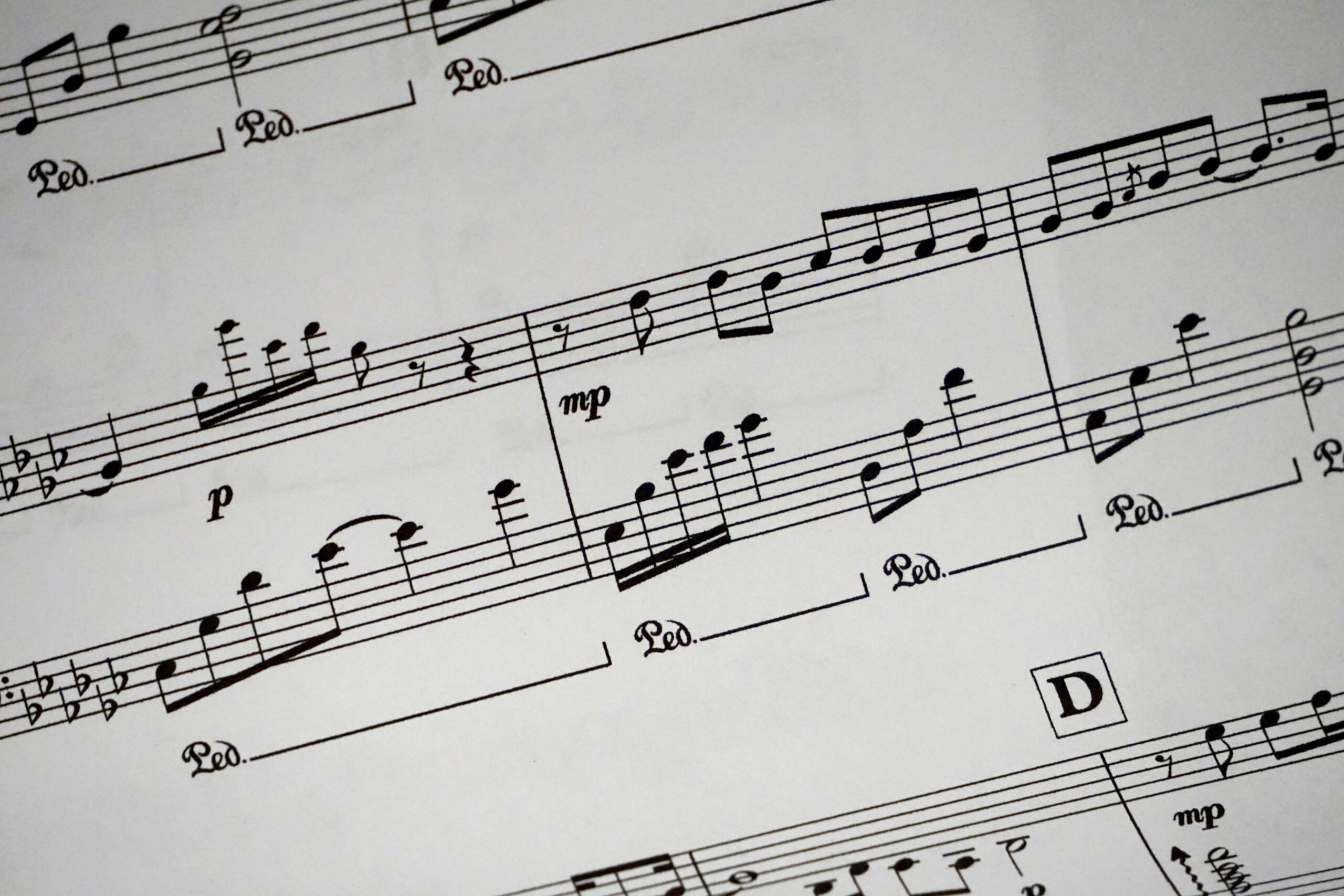Beyond its traditional role as a source of entertainment, music has proven to be a powerful therapeutic tool in the realm of physical rehabilitation. This blog post explores the harmonious integration of music therapy into rehabilitation practices, highlighting its diverse applications and the positive impact it can have on individuals recovering from various health challenges.
The Therapeutic Elements of Music in Rehabilitation:
- Rhythmic Movement and Coordination: Music’s inherent rhythm provides a structured framework for movement exercises. Patients can synchronize their movements with the beat, promoting coordination and enhancing motor skills during rehabilitation.
- Emotional Expression and Well-being: Music has the ability to evoke emotions and memories. Incorporating music into therapy sessions allows patients to express themselves emotionally, potentially aiding in the release of stress and contributing to overall emotional well-being.
- Cognitive Engagement: Music therapy engages cognitive functions such as memory and attention. For individuals recovering from neurological conditions or brain injuries, music can serve as a cognitive stimulant, promoting mental acuity and focus.
Applications of Music Therapy in Rehabilitation:
- Gait Training and Motor Skills: Rhythmic auditory stimulation (RAS) involves using music with a strong beat to enhance gait training. Patients can walk in sync with the music, improving their walking pattern and overall motor coordination.
- Pain Management: Music therapy has been shown to have analgesic effects, reducing the perception of pain. Listening to music during rehabilitation exercises or therapeutic sessions can create a positive distraction and alleviate discomfort.
- Speech and Language Rehabilitation: Melodic Intonation Therapy (MIT) is a technique that uses musical elements to facilitate speech and language recovery in individuals with aphasia or speech disorders.
Case Studies and Success Stories:
- Parkinson’s Disease: Research has demonstrated the positive impact of rhythmic auditory stimulation on gait and balance in individuals with Parkinson’s disease (Thaut et al., 1996). Music therapy has become an integral part of comprehensive care for these patients.
- Stroke Rehabilitation: Music therapy has shown promise in stroke rehabilitation, particularly in improving upper limb function and promoting motor recovery (Schneider et al., 2007). Customized music interventions can be tailored to the specific needs and abilities of stroke survivors.
- Pediatric Rehabilitation: Music therapy is widely used in pediatric rehabilitation to make the process more enjoyable for children. It helps in achieving therapeutic goals while creating a positive and engaging environment (Bieleninik et al., 2017).
Future Trends and Considerations:
- Technological Innovations: The integration of technology, such as virtual reality and interactive music platforms, holds potential for enhancing the delivery of music therapy in rehabilitation settings.
- Interdisciplinary Collaboration: Collaborations between music therapists, physical therapists, and other healthcare professionals are becoming more common, fostering a holistic and integrated approach to patient care.
Music therapy’s unique ability to bridge the realms of art and science makes it a valuable asset in the field of physical rehabilitation. As the therapeutic benefits of music continue to be explored and validated through research, it is evident that the healing harmony of music therapy is playing an increasingly significant role in promoting recovery, enhancing well-being, and enriching the rehabilitation journey.
References:
- Thaut, M. H., McIntosh, G. C., & Rice, R. R. (1996). Rhythmic facilitation of gait training in hemiparetic stroke rehabilitation. Journal of Neurologic Rehabilitation, 10(3), 215-223.
- Schneider, S., Schönle, P. W., Altenmüller, E., & Münte, T. F. (2007). Using musical instruments to improve motor skill recovery following a stroke. Journal of Neurology, 254(10), 1339-1346.
- Bieleninik, Ł., Ghetti, C., Gold, C., & Mays, N. (2017). Music therapy for preterm infants and their parents: A meta-analysis. Pediatrics, 140(3), e20171834. doi:10.1542/peds.2017-1834.



Comments are closed